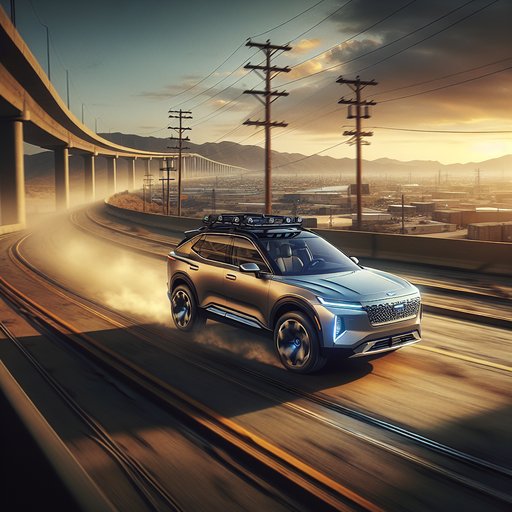
Australia's automotive industry faces a transformative period as new government regulations push manufacturers toward cleaner vehicles. The federal government's ambitious carbon reduction targets are reshaping the market, requiring significant adjustments from major automakers like Toyota and Ford, while setting aggressive goals for electric vehicle adoption in the coming years.
The Australian government has introduced stringent new CO2 reduction targets that will fundamentally change the automotive landscape. Under these new regulations, half of all new cars sold in Australia must be electric vehicles by 2035, marking a significant shift in the country's approach to vehicle emissions [1].
The impact of these regulations is already evident in manufacturers' planning. Toyota Australia has acknowledged that even their upcoming LandCruiser Hybrid, scheduled for release in 2026, may not meet the standards to avoid emissions penalties under the new rules [2].
Ford is also responding to tightening global emissions laws, with reports indicating that the iconic Mustang may follow Porsche's lead by introducing a hybrid variant. This development mirrors the industry-wide trend of electrifying traditional performance vehicles to meet stricter regulations [3].
These automotive regulations are part of a broader environmental initiative in Australia, which has been making significant strides in renewable energy adoption and emissions reduction efforts. The country's commitment to lowering emissions has placed it among nations taking decisive action on climate change [4].
















